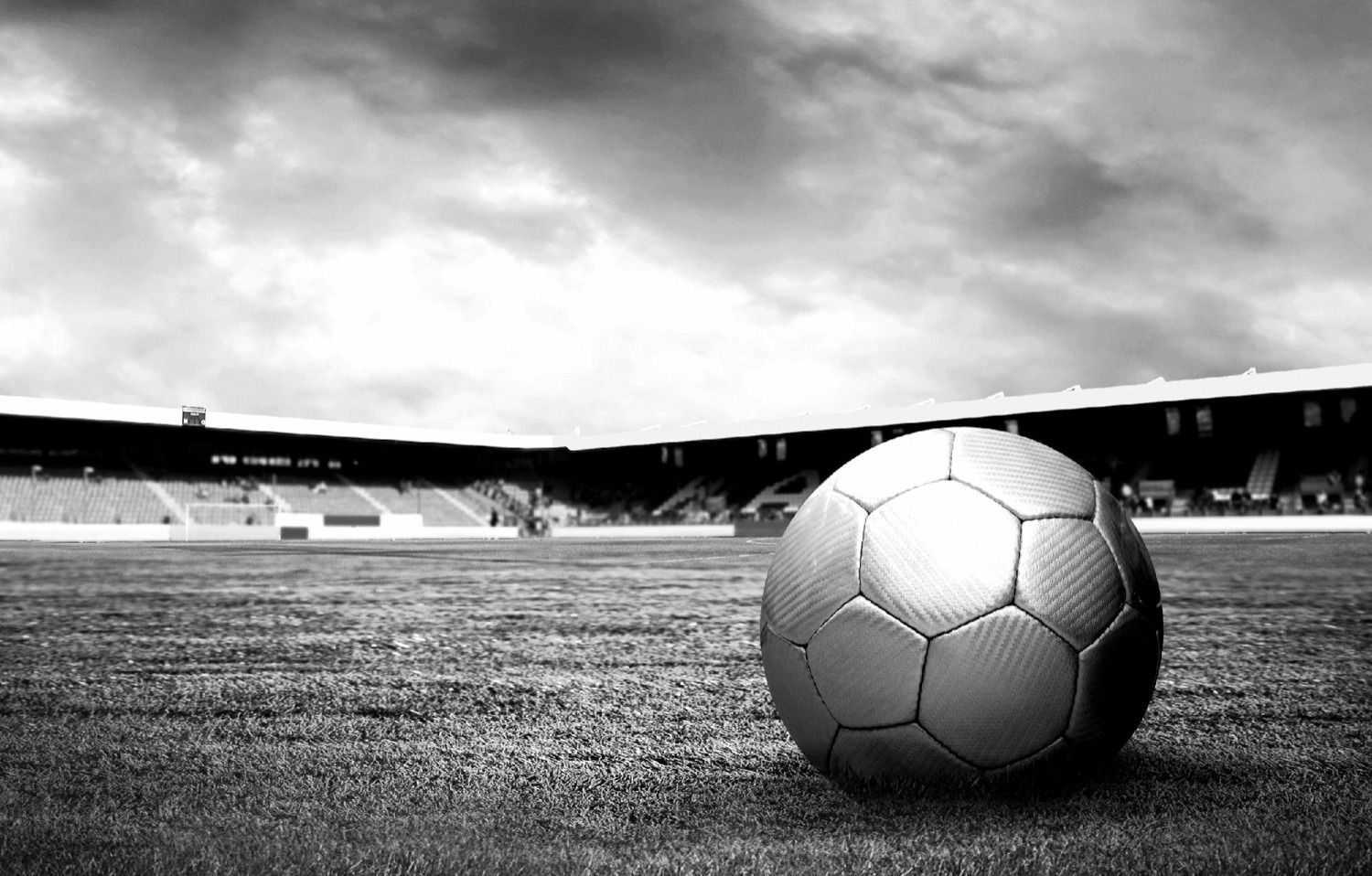Feeding Your Athlete in Post-COVID19 Sports World
- Michael Pfeifer

- Aug 6, 2020
- 3 min read
There are few things more synonymous with youth soccer than orange slices. This classic halftime snack is healthy, affordable and easy to prepare, but according to Dr. Pete Zopfi, a trauma surgeon and U.S. Youth Soccer board chair, COVID-19 has likely relieved youth soccer parents from their orange-slicing duties.
With a return to sports on the horizon, here are some safe snacking options for before, during and after the game.
Water and Hydration
Say goodbye to the days of relying on team water bottles and coolers or shrugging as your child drinks out of a teammate’s Gatorade bottle. Here’s a few tips to keep your athlete safe and hydrated
BYOW
Bring your own water. Make sure your athlete has their own water source for every game and practice. Shared water bottles and team coolers present a virus spreading risk because many hands (and mouths) are touching the same surfaces. Packing an individual water reduces the amount of shared surfaces.
Label Everything
Designate and label a small personal cooler for your athlete to take to practices and games to avoid confusion over who’s drink is who’s. Label the cooler and the individual items inside with your child’s name, initials or jersey number, because once the water bottles and sports drinks are out in the open, they all tend to look the same. Again, this is about reducing the number of surfaces that are touched by multiple people.
Avoid Bottled Water
Bottled water and sports drinks are easier to mix up if two athletes bring the same brand (or even if they don’t) and there’s no telling who handled it in the supply chain. Designate a reusable water bottle or jug that your child will easily recognize as their own and wash it between games and practices. Having clean and sanitzed personal sports equipment is essential.
Snacking Tips
As Dr. Zopfi suggested, having athletes reaching into the same bowl of orange slices increases the risk of spreading diseases including COVID-19, so you can tear up the rotating snack schedule. Just like water, it’s safer to pack individual snacks for your child. Here are some safe snacking tips from Johns Hopkins School of Medicine.
Personal Oranges
Fresh fruits and vegetables make a great post-game snack because they’re healthy and easy to prepare. It’s the dozens of dirty hands reaching in the same container that poses a health risk. Pack washed fruits and veggies in the cooler with your child’s personal water.
Baked Goods
Okay, so your child has a sweet tooth. According to Johns Hopkins, “there is no known evidence that coronavirus is transmitted through baked goods.” However, it’s probably best to keep the post-game cookies a secret.
Avoid Packaged Foods
According to Johns Hopkins, coronavirus can survive 24 hours on cardboard and up to three days on plastic. Not only are packaged foods more of a spreading risk, they usually aren’t all that beneficial to a growing athlete.
Post Game Ice Cream?
Some traditions are too good to break and, thankfully, there is no evidence that takeout food contributes to the spread of COVID-19. Go ahead and reward your athlete’s good sportsmanship some ice cream, as long as you can get it while maintaining social distance.
Food Safety on the Field
COVID-19 spreads primarily through airborne respiratory particles between people in close contact with each other. A bench full of panting athletes is already an area of concern, so here are a few tips to mitigate food related risks:
Wash Food and Disinfect Surfaces
Before heading to the game or practice, disinfect surfaces like coolers and water bottles and wash fruit and veggies.
Keep Hand Sanitizer Handy
Encourage players to wash hands before and after games and practices, and keep a bottle of hand sanitizer in the bench or dugout.
Cool it on the Seeds and Gum
Sorry baseball and softball players, but seed-spitting and bubble-popping in the dugout is asking for trouble. As mentioned above, COVID-19 spreads primarily through respiratory particles in the air, and spitting in a dugout full of athletes and coaches lands in the category of “things that put respiratory particles in the air.”
Parents Aren’t Off the Hook
Yes, we all know about the “real” snack rotation for the “athletes” in the stands. In the past, parents and fans have enjoyed community snacks and maybe a quick splash of wine, but be ready for a little more distance and a lot less veggie trays when sports return. According to Dr. Zopfi, life in the bleachers should look a little different moving forward, with fans wearing personal protective equipment, practicing social distancing, and reducing the amount of shared surfaces. (Yes, boxed wine counts as a shared surface).




Comments